How to remove the impeller from a washing machine pump
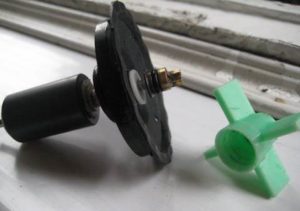 The impeller of the SMA drain pump often fails. In such a situation, experts recommend completely replacing the pump. But a real Russian person, undoubtedly, would be sorry to throw away a functioning pump because of a faulty plastic part. You can try to replace the impeller, and if the process goes smoothly, the pump will return to normal operation and continue to pump out water without any problems. Let's figure out how to remove the impeller from the washing machine pump and how to restore the functionality of the drain element.
The impeller of the SMA drain pump often fails. In such a situation, experts recommend completely replacing the pump. But a real Russian person, undoubtedly, would be sorry to throw away a functioning pump because of a faulty plastic part. You can try to replace the impeller, and if the process goes smoothly, the pump will return to normal operation and continue to pump out water without any problems. Let's figure out how to remove the impeller from the washing machine pump and how to restore the functionality of the drain element.
Impeller dismantling process
If you decide to remove the impeller from the pump with your own hands, we will help you with this. Let us present a detailed algorithm for dismantling a plastic part. So, after the drain pump is removed from the washer body, perform the following manipulations:
- cut off the plastic part located at the end of the impeller with a hacksaw;

- forcefully pull out the prefabricated base together with the impeller from the water pump;
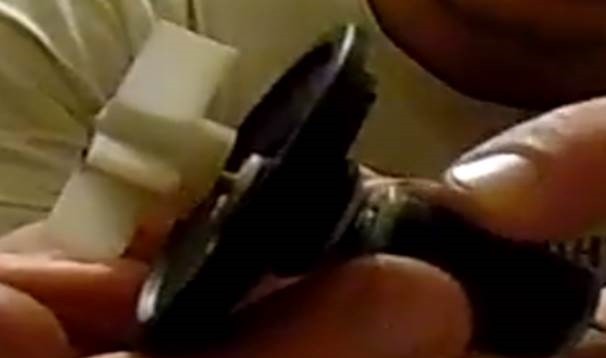
- insert the removed structure into a vice and securely fix it in it;
- Take 2 flathead screwdrivers and, placing them on the bottom of the plastic screw, gently press upward on the impeller with upward movements.
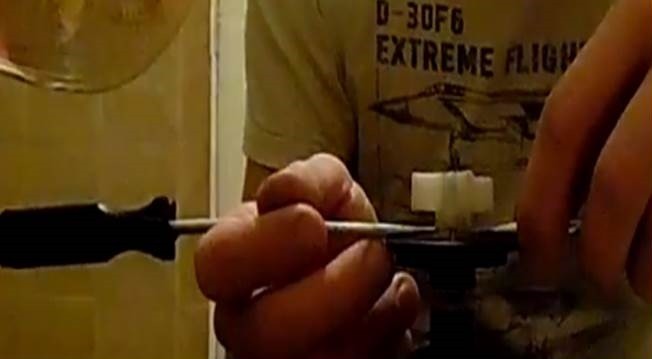
At this stage, the main thing is not to overdo it and not to break the fastening of the drain pump impeller.
After lifting and pulling the impeller up, it should fly off the mount. When the plastic impeller is removed, you will see the shaft that powers it.
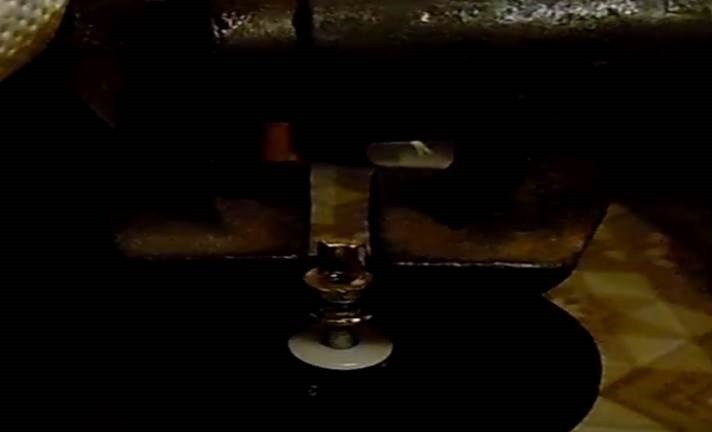
Now you need to remove the metal shaft from the overall structure.To do this, unscrew the vice from the tabletop, turn it over and reinstall it so that the compression bars are on the bottom. After this, the element to be disassembled is clamped in a vice in the area of the metal shaft.
Then you need to take a screwdriver, install its end into the upper hole of the shaft (it is important to choose a screwdriver of a size that matches the diameter of the hole) and carefully tap it from above with a hammer. The shaft should remain in the vice, and the structure remaining in the hands should be free to understand.
It is possible that the problem with the impeller was caused by abrasion of the rubber in the shaft area. Therefore, carefully inspect it and, if necessary, replace the rubber ring with a new one. The process of dismantling the impeller with your own hands is completed; you need to proceed to reassembling the element.
Restoring the impeller base
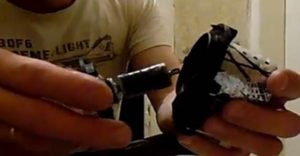 Half of the work is completed, now the logical question arises: how to restore the impeller base? If you managed to disassemble the structure correctly, then putting it back together will not be difficult. So, you need to do the following:
Half of the work is completed, now the logical question arises: how to restore the impeller base? If you managed to disassemble the structure correctly, then putting it back together will not be difficult. So, you need to do the following:
- insert the metal shaft into the plastic impeller; to ensure a tight connection, you can press it into the seat with a screwdriver;
- lubricate the rubber gaskets of the structure with lithol;
- attach the shaft with the impeller on it to the rubber part;
- clean the internal cavity of the pump (where the impeller base will be inserted);
- install the structure inside the pump (it will be attracted by a magnet).
- Apply sealant to the cavity in the area of the upper plastic part cut off from the impeller.
This way you can replace the pump impeller. The process happens quite quickly, it will take about one hour to complete the work. The main thing is to prepare all the tools necessary for repairs and imagine what the essence of the upcoming manipulations is.
Perhaps the pump is intact?
Do not immediately panic and disassemble the structure at the first doubt. First, figure out what kind of breakdown occurred, where it is located, and whether repair of the drain pump is necessary. It may not even be a faulty pump. The verification algorithm will be as follows:
- listen to how the drain pump works;
- examine the garbage filter, check it if necessary;
- inspect the drain hose; if there is a blockage, clean it;
- check whether the impeller rotates freely; perhaps its movement is being inhibited by something;
- examine the wires and sensors leading to the pump.
You can determine a malfunction by ear; you don’t have to be a master to do this. Listen to your washing machine, especially when draining the water from the tank. If the washer operates without making any extraneous noise, you will have to disassemble the body a little to be able to check the drain hose, filter, and wiring.
Interesting:
Reader comments
- Share your opinion - leave a comment
Categories
Washing machine repair


For buyers

For users

Dishwasher

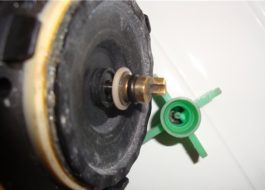
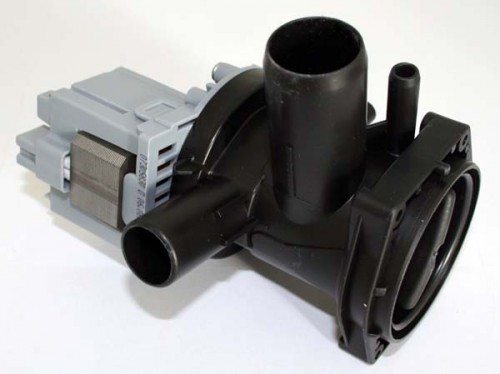
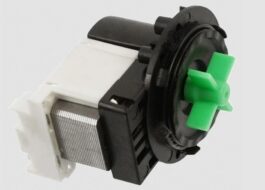
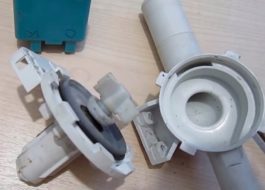

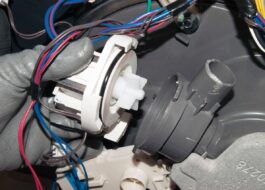










Add a comment